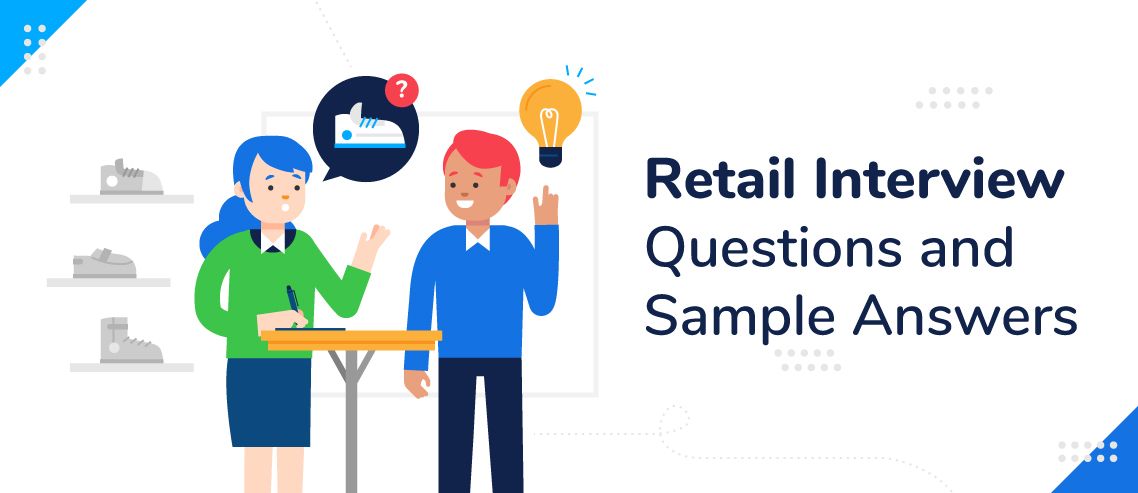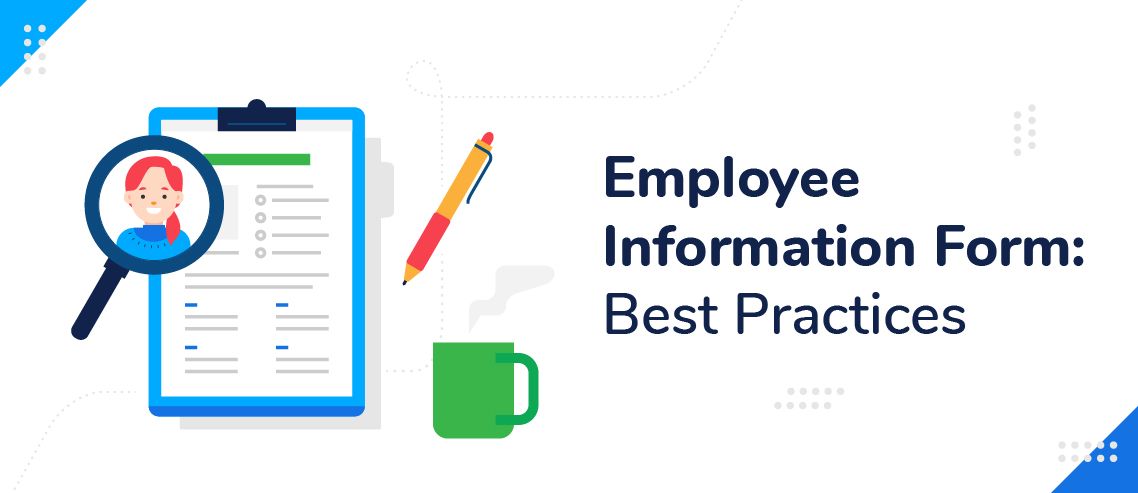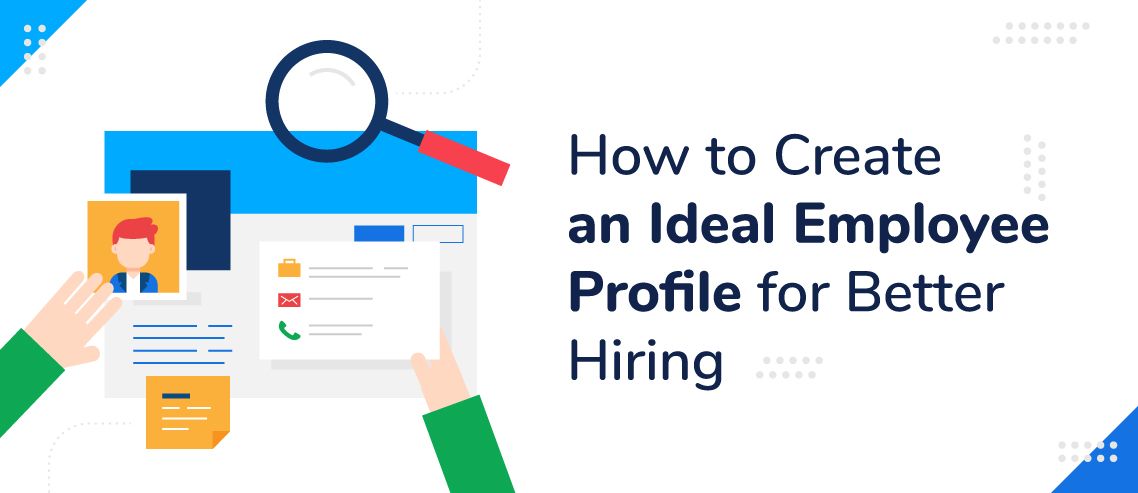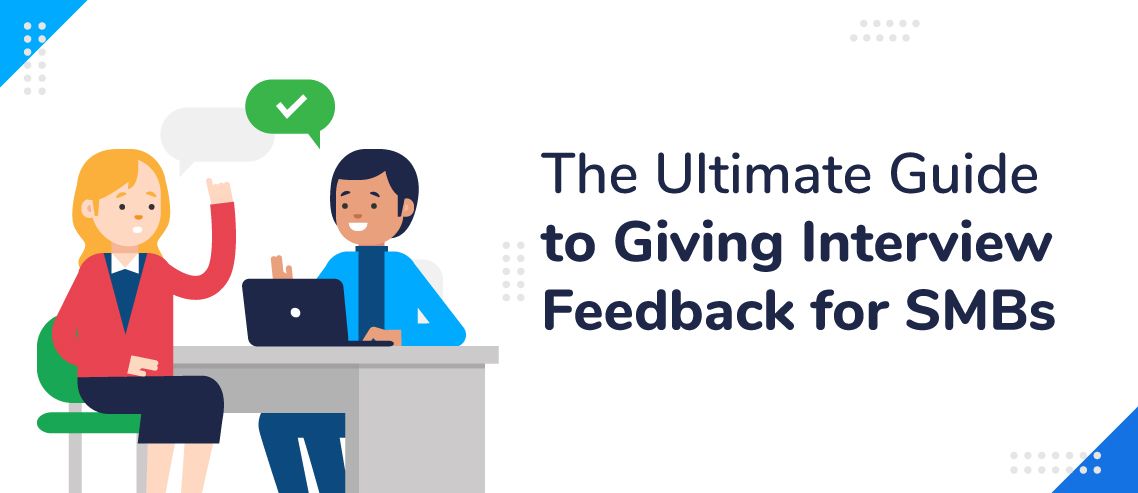How to Hire During a Labor Shortage in 2024 — Recruitment Tips
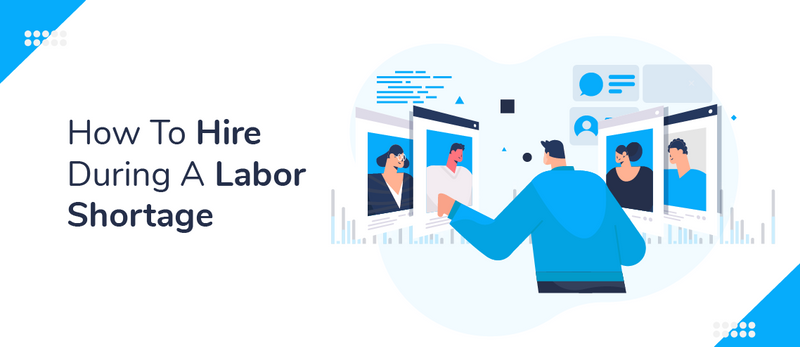
For businesses, getting new employees is difficult right now! It’s because of the acute skilled labor shortage.
Everyone seems to be hiring, and there just doesn’t seem to be enough candidates to go around. The labor shortage means businesses are having to compete for each prospective employee and if you’re not adapting your hiring processes you might get left behind.
Why Is It So Hard to Hire Right Now in 2022?
The competition for new hires in 2022 is huge. With 10 million job openings — significantly more than the number of employed people, more and more businesses are competing for the same talent.
The labor shortage has been acute in industries where shift work is common. Positions in hospitality and tourism, manufacturing, transportation, and retail are abundant, but there just doesn’t seem to be the demand for these jobs at the moment.
There’s no one single cause of the shortage. Experts point to many different factors including:
- More generous unemployment benefits during the pandemic
- Time to reflect on career and life goals during the pandemic
- Ability to retrain during the pandemic
- Slow growth in minimum wage vs inflation
- Work from home made people question office working
This has led to a lot more people voluntarily quitting their jobs, and job seekers being more selective about the jobs they take.
Whatever the reasons, the reality is, many businesses are finding it much harder to hire during the labor shortage in 2022. So what can you do about it?
How to Hire During the Labor Shortage?
The power in the job market has switched to the job seeker and employers have to adapt to appeal to the best talent. It’s up to you to navigate and understand the current labor shortage so that you and your business are flexible enough to appeal to the most qualified job seekers.
Without any further ado let’s find out how to hire in a talent shortage.
1. Streamline the application process
When the labor market is hot, employers can put out a vague ad and get hundreds of people applying. Employers often ask the prospective candidates to jump through lots of hoops before they even submit an application (forms, tests, etc.) and they still get applications flooding in.
When there’s a labor shortage and job seekers have endless options, your application process has to be much more streamlined.
Your ad should be much more specific, giving candidates the concise information they need (rather than an apply and see approach). Treat it like an ad, because it is an ad! You’re competing with all the other job ads, so work hard to make sure it grabs people’s attention and accurately conveys your value proposition.
Some of the most effective job descriptions include elements of the following:
- A one-two sentence overview of the position
- A bullet-pointed list of roles and responsibilities
- Employee compensation and benefits
- Company values or core beliefs
Here are some real-life examples of effective job postings that follow the above bullet points. Stand out to draw in the right talent while being transparent enough to rule out other prospective candidates that aren’t necessarily as qualified.
It’s also important to keep the entire process streamlined. If you put candidates through four stages of testing and interviews, the chances are someone else will have snapped them up before they get to stage two of your process.
2. Pay and benefits
No matter how you dress it up, take-home pay is always going to be a key factor. It’s almost impossible to compete if a similar business down the road is offering a substantially better wage.
The wage is the first thing everyone looks for on a job ad (when job seekers know there are lots of jobs to choose from, saying “competitive pay” is likely to get your ad skipped over). The first step forward — research the current competitive salary range in your industry and niche. Pick the one that suits best for your hiring budget.
Remember that benefits can be just as valuable to a job seeker though — a statement which is reinforced by Glassdoor research that brought in a collection of surveys regarding employee benefits and their importance to employees. It clearly suggests employees are more likely to work for a company that looks after their wellbeing. It has to be combination of monetary gains as well as health benefits — a lot has changed with the fear of the COVID-19 pandemic.

More specifically, the following as the benefits that are most important to employees in 2022, including:
- Medical, dental, and vision insurance
- Flexible working hours
- Vacation time
- Retirement benefits
- Group life insurance
- Health and wellness benefits
The more the worker shortage bites, the more wages will rise, and you can’t afford to get left behind. For some businesses, this will mean they’ve got to get creative and find ways to offer more value for their prospective employees. One innovative solution gaining popularity is offering comprehensive employee benefits packages that encompass not only traditional perks like medical, dental, and vision insurance but also less conventional options such as pet insurance, recognizing the diverse needs of today’s workforce.
3. Redefine your company culture
For many people, the pandemic was an opportunity to reflect. Sometimes when you’re a part of a bad culture, it’s hard to see, but once you take a break from it, it becomes obvious.
People need their job to do more than just take care of their physiological and safety needs. They want to feel like there’s meaning behind what they do, and for some people, the pandemic will have led them to the realization that their current jobs weren’t offering this.
For businesses, this situation can be a blessing and a curse. While some employees might inevitably end up leaving anyway, businesses can use this as an opportunity to improve their culture to try and prevent others from following their peers. It’s important to create a culture that will retain your current employees, while also making it appeal to potential new talent.
In the current scenario of labor shortage problems — the hiring process has to take this into account and show the value your company can add to the employee’s life.
3. Offer progression opportunities
Part of the meaning we derive from working is the feeling that it’s taking us somewhere.
We all have aspirations, and we all want to climb the career ladder. When employees see promotion opportunities constantly filled from outside, it can seriously damage morale.
Employees who have worked in companies where there have been limited advancement opportunities are looking for something different. If your business has been constantly promoting from within, then it’s something you should be showcasing. Show people the career path they can take, and demonstrate how you’re going to help them get there.
For many people, it’s not about where they start, but where they’re likely to end up, and being able to show you promote from within is a great advantage to have and can really boost employee retention.
4. Implement work flexibility
The pandemic has shown people that flexibility is a possibility. They can work from home, or they can work hybrid hours and still do their job to the best of their ability.
This ability to have some say over their schedule is worth a huge amount, with this benefit only expected to remain in place for the foreseeable future. The Microsoft report states — “over 70% of workers want flexible remote work options to continue” and businesses reacting accordingly:

How much is it worth for someone with an hour each way to commute to be able to work from home three days a week? People don’t lead straightforward lives, and that extra flexibility can be invaluable.
To offer flexibility, both of schedule, and where people work from, you’ve got to invest in your software.
This is where ZoomShift comes in – it makes scheduling simple, so you can give time back to your employees. Flexible working can benefit both the business and its employees with its PTO tracking and streamlined shift swap features, but it has to be implemented in the right way and ZoomShift can facilitate this.
Final Thoughts
With the increasing labor shortage problems hiring is difficult in 2022 — there’s no way around that. What you can do is adapt your hiring practices to give you the best chance of finding the most talented candidates.
With so many jobs and not enough candidates to fill them, you’ve got to go above and beyond with your hiring process. That’s no bad thing though, and it can be seen as an opportunity.
If you can continue to be successful even during this labor shortage, then you’re going to be even more effective at finding the best talent when there’s a surplus of job seekers.
JD enjoys teaching people how to use ZoomShift to save time spent on scheduling. He’s curious, likes learning new things everyday and playing the guitar (although it’s a work in progress).
